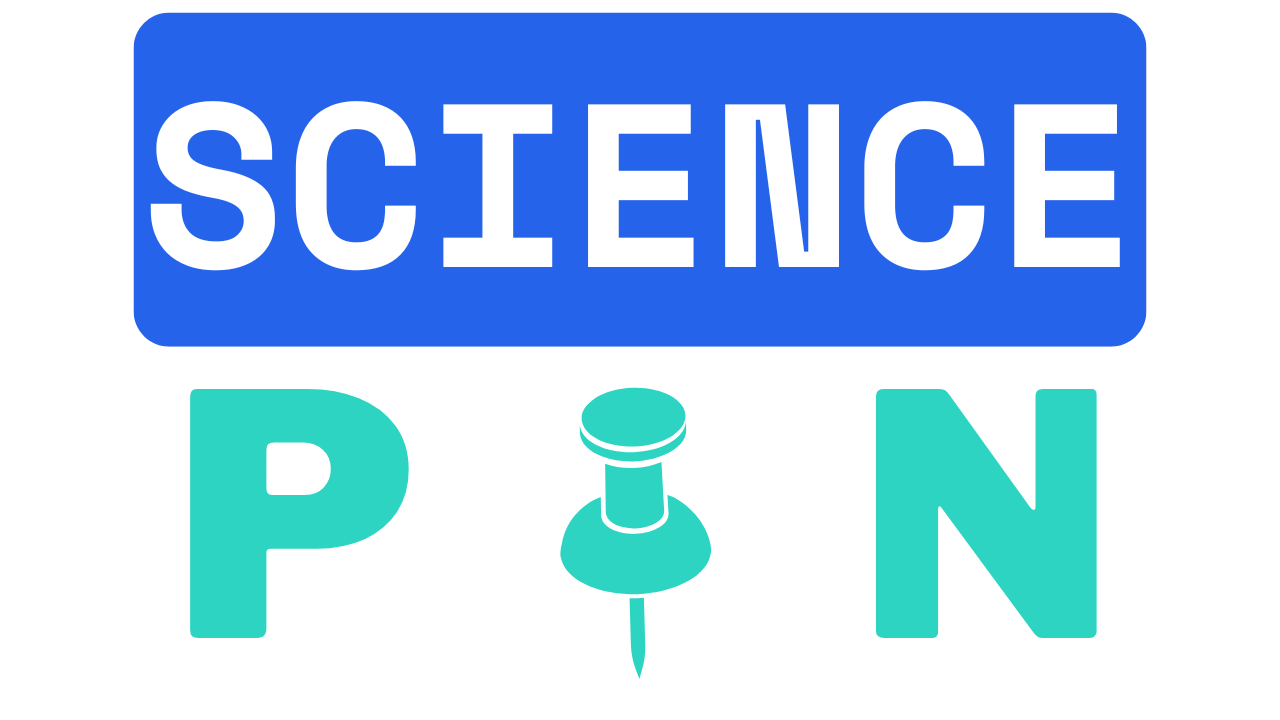Imagine walking into a clinic where your doctor relies on an AI‑powered assistant to interpret your entire medical history in seconds, suggests the most effective treatment plan, and even predicts potential complications before they arise. Welcome to the world of AI healthcare innovations, where intelligent algorithms are not just tools but partners in shaping patient outcomes.
From personalized drug discovery to predictive analytics and robotic surgery, AI is ushering in a revolution that promises improved accuracy, efficiency, and accessibility in medicine. In this post, we’ll explore seven pioneering applications of AI in healthcare—backed by authoritative sources and enriched with fresh perspectives—to show how these breakthroughs are fundamentally changing the way we understand and practice medicine.
1. AI‑Driven Diagnostics: Faster, More Accurate Detection
Traditional diagnostic workflows often rely on manual image interpretation or labor‑intensive lab tests—processes that can be time‑consuming and error‑prone. Enter AI‑driven diagnostics:
- Radiology & Imaging: Platforms like Qure.ai use deep learning to interpret X‑rays and CT scans in seconds, flagging anomalies such as lung nodules or fractures with accuracy rivalling expert radiologists.
- Pathology: Digital pathology solutions harness convolutional neural networks (CNNs) to detect cancerous cells on biopsy slides, reducing false negatives and accelerating turnaround times.
- Ophthalmology: Google’s DeepMind has developed AI models that screen retinal images for diabetic retinopathy, achieving over 90% sensitivity and specificity in clinical trials.
“In practice, integrating AI into our imaging suite cut our diagnostic backlog by 60%,” recalls Dr. Aisha Verma, radiologist at a leading urban hospital. “It’s like having an extra pair of expert eyes available 24/7.”
2. Personalized Drug Discovery: From Billions of Molecules to the Right One
Developing a new drug traditionally takes 10–12 years and over $2 billion, with a success rate below 10%. AI is transforming this landscape:
- Lead Identification: Startups like Recursion and Insilico Medicine employ generative models to screen vast chemical libraries, narrowing down candidates in weeks instead of years.
- Clinical Trial Optimization: Predictive algorithms identify patient subgroups most likely to respond, improving trial design and reducing costly failures.
- Repurposing Existing Drugs: AI systems analyze molecular structures and biological pathways to uncover new therapeutic uses for approved drugs, accelerating time‑to‑market.
“Using AI, we selected a promising oncology compound from just 300 candidates—traditional methods would have screened thousands,” says Dr. Miguel Torres, head of R&D at Xaira Therapeutics. The first wave of AI‑designed drugs has already entered clinical trials, signaling a paradigm shift in how we discover treatments.
3. Predictive Analytics for Preventive Care
Why wait for disease to manifest when you can predict—and prevent—it? Predictive analytics leverages electronic health records (EHRs), genomics, and real‑world data to forecast health risks:
- Readmission Risk Models: Hospitals use machine learning to identify patients at high risk of readmission, enabling targeted interventions that reduce 30‑day readmission rates by up to 20%.
- Chronic Disease Management: AI stratifies patients with diabetes or heart failure into risk categories, triggering personalized care pathways and remote monitoring.
A study in Nature Medicine demonstrated that AI models could predict sepsis onset up to 12 hours earlier than conventional systems, giving clinicians crucial time to intervene .
4. AI‑Enhanced Robotic Surgery: Precision Meets Safety
Robotic surgery has evolved from manual tele‑operation to semi‑autonomous procedures guided by AI:
- Real‑Time Guidance: AI analyzes intraoperative video feeds to warn surgeons of critical structures, reducing inadvertent tissue damage.
- Automated Suturing: Machine learning‑driven robotic arms can perform suturing and knot‑tying with sub‑millimeter precision, cutting operative time.
- Training Simulations: Virtual reality (VR) platforms powered by AI adapt training scenarios to a surgeon’s skill level, accelerating proficiency.
“In my first AI‑assisted laparoscopic case, the system alerted me to a hidden vessel just as I was advancing the scalpel—an invaluable second opinion,” shares Dr. Lena Cho, a minimally invasive surgeon.
5. Virtual Health Assistants & Chatbots
AI‑powered virtual assistants are bridging gaps in patient engagement and triage:
- Symptom Checkers: Chatbots like Ada and Babylon guide users through symptom assessment, recommending next steps or directing urgent cases to emergency services.
- Medication Adherence: Conversational agents send reminders, answer queries about side effects, and even coach patients through lifestyle changes.
- Mental Health Support: Apps like Woebot employ natural language processing to deliver cognitive behavioral therapy (CBT) techniques, providing scalable mental health interventions.
A recent pilot at a community clinic showed that chatbot‑driven follow‑ups reduced no‑show rates by 30%, boosting continuity of care.
6. AI‑Powered Wearables for Continuous Monitoring
Wearable devices are no longer passive trackers—they’re intelligent sensors that interpret data and provide actionable insights:
- Smart Watches & Rings: Samsung’s latest Galaxy Watch models, integrated with AI, analyze sleep patterns, detect arrhythmias, and estimate biological age based on biomarkers.
- Patch Sensors: Flexible patches monitor glucose, hydration, and stress hormones in sweat, alerting users and clinicians to deviations.
- Remote Patient Monitoring: AI aggregates data from multiple devices, creating comprehensive dashboards that flag anomalies in real time and trigger telehealth consultations.
7. Natural Language Processing in Clinical Documentation
- Automated Charting: Voice recognition systems transcribe and summarize consultations directly into the EHR, allowing doctors to focus on patients.
- Clinical Decision Support: NLP engines scan patient records and medical literature to surface relevant guidelines and dosage recommendations.
- Coding & Billing: AI tags diagnoses and procedures for accurate billing, minimizing claim denials and administrative overhead.
Conclusion
- Stay Informed: Subscribe to our newsletter for monthly deep dives into emerging AI health technologies.
- Get Involved: Are you a healthcare professional, researcher, or technologist? Share your experiences with AI in the comments below or reach out to collaborate.
- Explore More: Check out our related posts on The Future of Telemedicine and Digital Health Ethics to broaden your understanding.




0 Comments